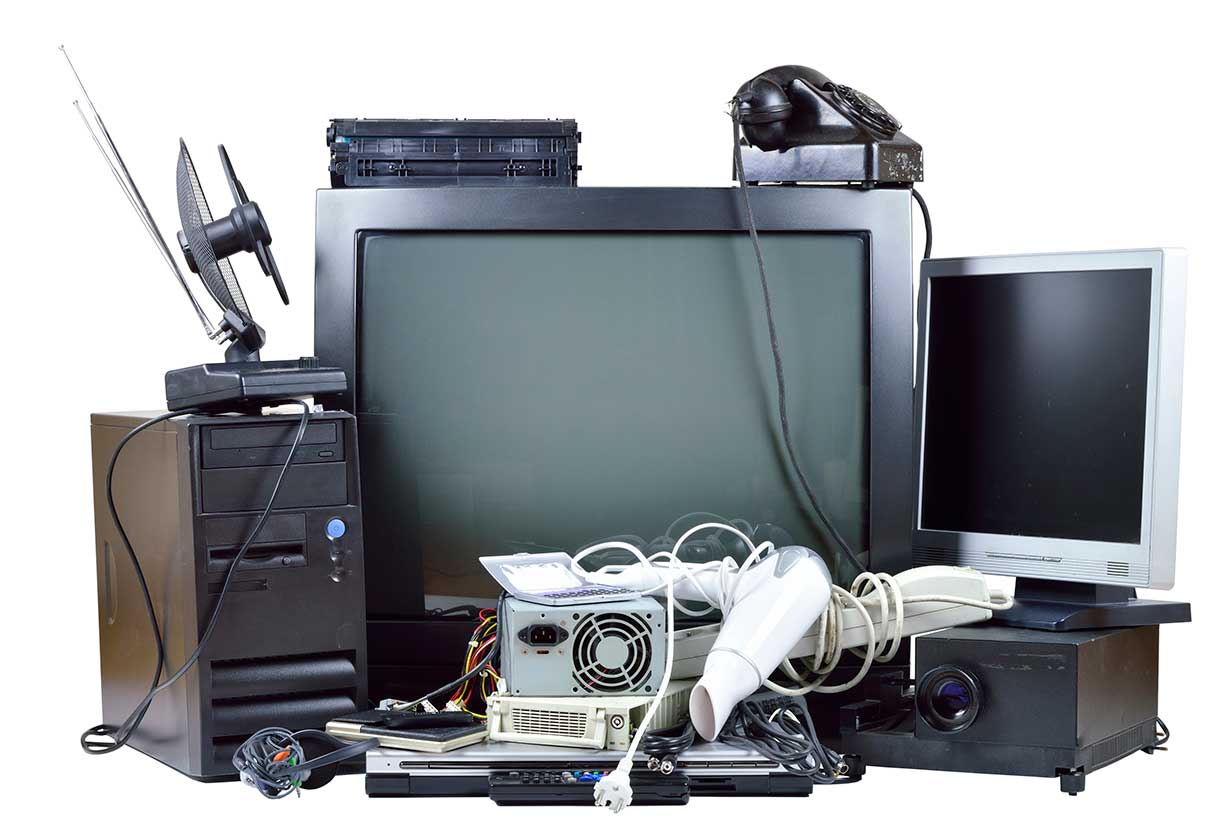Recycling and collection of electrical wires and cables in Montreal
Have you ever wondered where your e-waste of any kind is going? The answer is simple: it is the environment that accommodates power cables and other used components of electronic devices. Estimates show that by 2021, the planet will generate 52.2 million tonnes; 5255 times the Eiffel Tower. Between significant environmental impact and real danger to human health, recycling seems an essential alternative to remedy the consequences of mismanagement of this waste. Learn how to recycle wires and wires of all kinds in Montreal and its conurbations such as Dollars des Ormeaux, Anjou, Lachine, Dorval, Kirkland, Lasalle and Ville Saint-Laurent.
Why use a wire and cable recycling service?
Once abandoned in the wild, many electronic products contain constituents that become toxic due to lack of stability. For example, a CRT monitor contains barium and phosphorus; they are harmful to the environment and human health. Despite current regulations, only 20% of this waste is recycled.
It is therefore important to call on a company that specializes in managing these types of waste such as Info Liquidation Recycle to carry out their recovery and recycling. This service is responsible for recovering free of charge and then recycling these equipment and materials in an eco-responsible way and then giving them a new lease of life by recovering electronic equipment and other recyclable components adequately.
Be aware that not all e-waste constituents can be recyclable. Here are some examples to help you understand better.
What materials can be recycled?
On all your devices, you often have electrical wires and cables. Be aware that some of their components can be recycled.
The most common and most used cables
- Power cables
Power cables are used to connect to an electrical power source, your appliances, but also your computer equipment such as a tablet for example. Phone chargers are therefore a good example of a power cable. These electrical cables consist of one or more types of electrically conductive materials. The most common are: copper, silver and aluminum.
Like copper, aluminum is infinitely recyclable and saves nearly 95% in resources for metal production. However, money recycling is still minimal, as it is difficult to collect money. The money is used in a multitude of areas, but in small quantities because of its high cost, making its collection tedious at the time of recycling.
- USB cables
Most people know all these famous USB cables (“Universal Serial Bus”) that allow you to store and exchange data, whether it’s documents or movies. They also power energy-efficient devices such as our phones. There are several types of connectors, but the most used is type A.
USB cables are usually made up of four wires (2 for charge and 2 for transfers) surrounded by an aluminum sheet, a braid to follow and a sheath to hold it all together.
- Network cables
Network cables are connection media that carry electrical signals. They are made up of 4 pairs of twisted copper wires and are characterized by their type of armour and their class. Also known as Ethernet cables, network cables are used to connect your electronic devices (e.g. laptops) to an internet connection. We are also talking about wired connection.
When these cables become out of use, recycling Network cables is the copper they are made of. Indeed, copper can be recycled infinitely without losing its electrophysico-mechanical characteristics. Moreover, its impact on environmental resources is qualitative, because its production, once recycled, requires less energy than its initial production from extraction. This saves energy resources and reduces environmental pollution through copper recycling.
Other electrical cables
These are electrical cables used and present in devices, but are less common. The descriptions below will help you identify them.
- IDE Cables
The acronym IDE is used for “Integrated Drive Electronics.” This is a connection interface for mass storage devices (hard drive, CD-ROM drive, engraver, etc.) to PC-type computers. Since 1994, it has been referred to as the Advanced Technology Attachment (ATA) standard, but the name IDE has remained. They consist of a tablecloth consisting of 40 parallel wires and three connectors.
- SMA Cables
Sub Miniature Version A (SMA) is a type of coaxial connector used in the high-frequency sector to connect an antenna to a transmitter and video receiver. Developed in the 1960s, SMA cables consist of a common thread surrounded by an insulating sheath. The whole is then surrounded by aluminum foil and protected by an insulating sheath. The common thread and aluminum foil can be recovered for recycling.
- HDMI Cables
If you do video projections at meetings, you probably know them. HdMI cables (“High Definition Multimedia Interface”) connect an audio/video source such as a computer or game console with compatible devices such as a video projector or TV post and can be found in two forms A and B. They are made of copper which facilitates their recycling.
- Audio Electrical Cables
Audio electrical cables are used to transmit an audio signal to sound speakers by connecting them to a sound amplifier. They are made of copper with aluminum armour surrounded by a protective sheath, but some may also consist of silver-plated copper wire, gold threads, rhodium wires. All these materials can be recycled.
- Parallel Electrical Cables
Parallel electrical cables were designed to connect a printer to the PC-compatible computer. Their port on the computer is generally located at the back. Very practical in the past, they are gradually replaced by USB cables which they remain less expensive and less cumbersome. Like any electrical wire, parallel cables are made of copper wires surrounded by protective and insulating layers, but they are distinguished by the number and layout of these wires inside.
You are now aware of everything related to the recycling of wires and metal cables of all kinds in Montreal. So stay alert for your next sorting of waste and don’t hesitate to call Info Liquidation Recycle for a toll-free pickup.


